Faiz Mahal – Khairpur
- Aik Aur Musafir

- Oct 7
- 3 min read

We set our compass southward and make our way towards the city of Sukkur. Let me tell you, this city has much to offer—sweeping views, local delights, and above all, its warm and generous people. But that’s a story for another day. From Sukkur, the journey continues along the National Highway, heading further south.
After a short stretch of about 30 kilometres, the city of Khairpur comes into view. At first glance, it may appear modest—though notably clean and well-kept—but a little exploration soon reveals its hidden charm. Inevitably, one finds oneself drawn to Khairpur’s crown jewel: the Faiz Mahal. The very name stirs echoes of grandeur and royalty, and the palace itself more than lives up to its promise.
Built in the late 1790s, this palace served as the court and royal residence of the rulers of the Talpur Dynasty that ruled over parts of Sindh until the accession of the Khairpur State to Pakistan on 3rd October 1947.
Currently the last ruler of the Khairpur state Mir Murad Ali Khan II, one of the last surviving first class rulers of the old Indian Empire, resides in this palace along with his family. He has long taken a keen interest in animal welfare and conservation, having established one of the largest private wildlife sanctuaries on the sub-continent. His younger son, Prince Mehdi Raza Khan, continues his father’s passion and oversees his conservation interests since the retirement of the monarch.
The entry to this palace is not restricted; however, it is recommended to make prior coordination with the staff, who are very helpful and courteous. Upon entering the premises of the palace, the caretaker carefully took me under his wings and led me down a gravel path to the front of the palace and ushered me into the Main Hall.
The inside of the hall, which once served as the spot for the court of the Talpur Dynasty, is carefully decorated and embellished with numerous paintaings, murals and chandeliers of various sizes. This main halls also serves as an archive of the grandeur of the dynasty. The inside of the hall contains various photographs and artificats depicting the flourishing rule of the Talpur dynasty.
According to the caretaker, the subjects of Khairpur state enjoyed free education up to matriculation and free healthcare, no customs duties, property, income or wealth taxes. Crime rate was almost negligible and industries flourished. The tone of the caretaker almost gives the impression that the state of Khairpur was almost doing too well before its accession to Pakistan.
The Main Hall took up most of my time (and my phone storage); however, the exterior of the palace is even more spectacular. Going out I was led into the veranda, with its marble tiled floor and arches. Whilst I was photographing it, my mind was also playing a scenario where I was sitting in this same veranda, sipping a cup of tea and marvelling at the view.
Imagine my surprise when out of the blue, the caretaker asked me in his sweet Sindhi accent whether I would like a cup of channah (tea in Sindhi). It took me a while to realise that it was not part of my dream and it was a real offer, so of course I said yes!
As I concluded my visit, my heart felt a tinge of sympathy for this once royal and regal palace, now slowly decaying and fast progressing towards a state of dilapidation, unless it is taken care of by the government and restored and kept as a relic. After all, these princely states gave away their identity and indeed their sovereignty to Pakistan, and the least the state can do is to look after their history.
Faiz Mahal is amongst the finest examples of 18th-century architecture and needs constant upkeep to maintain its present form. It is hoped that the structure remains intact and preserved for times to come. The sun may have set upon the Talpur Dynasty, but I hope it never sets upon the desire to keep our historical places alive and intact!
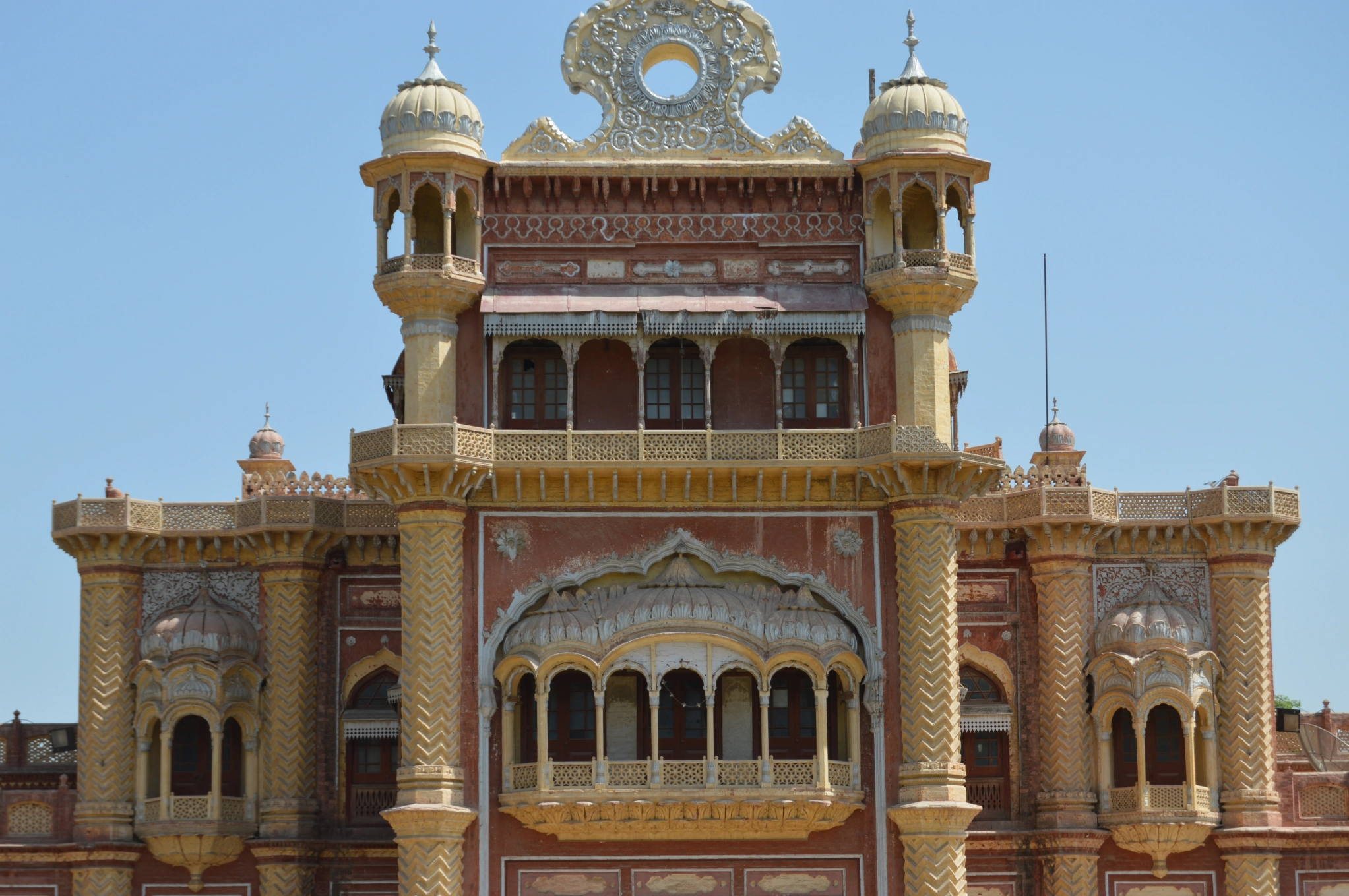
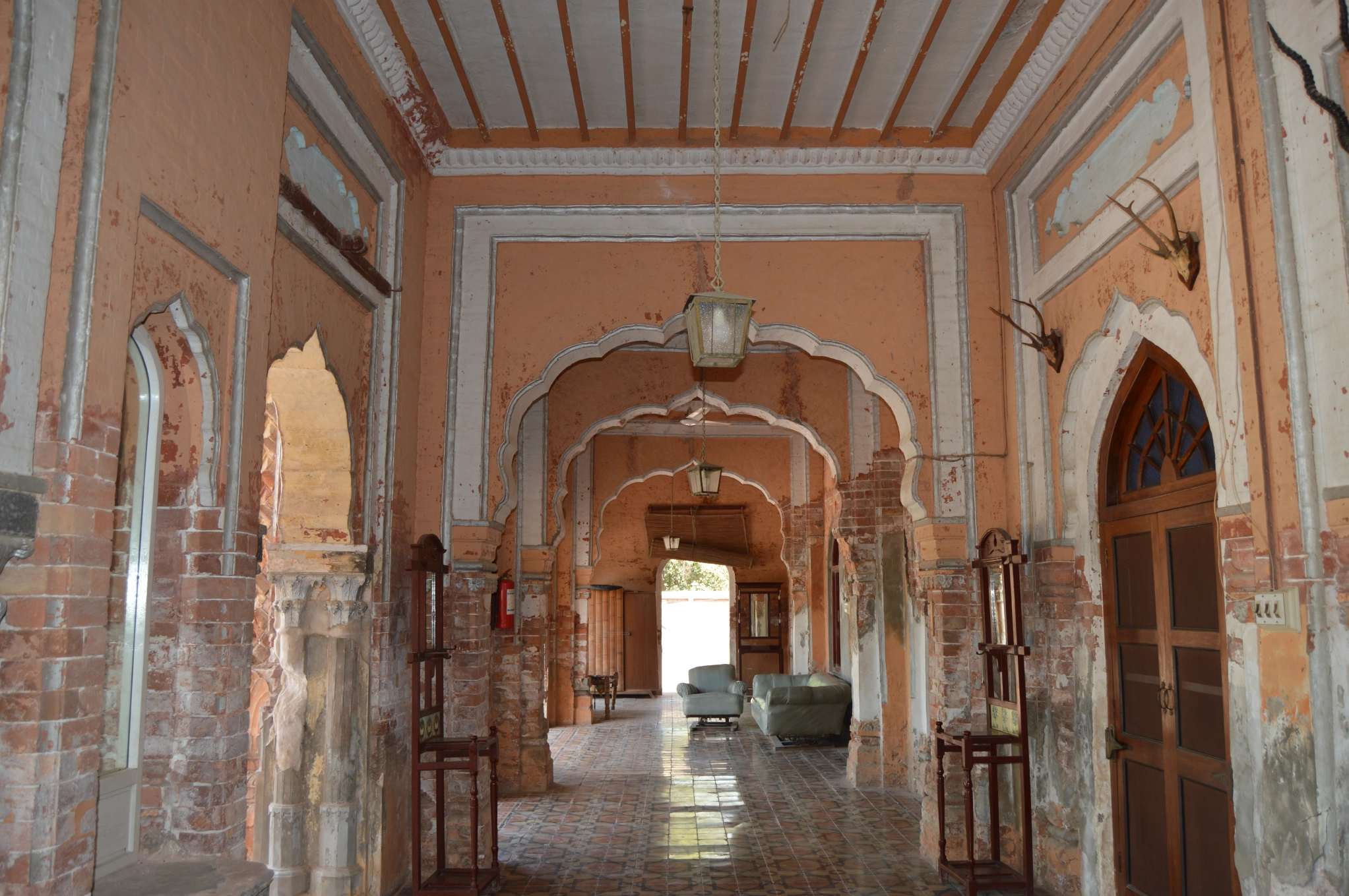
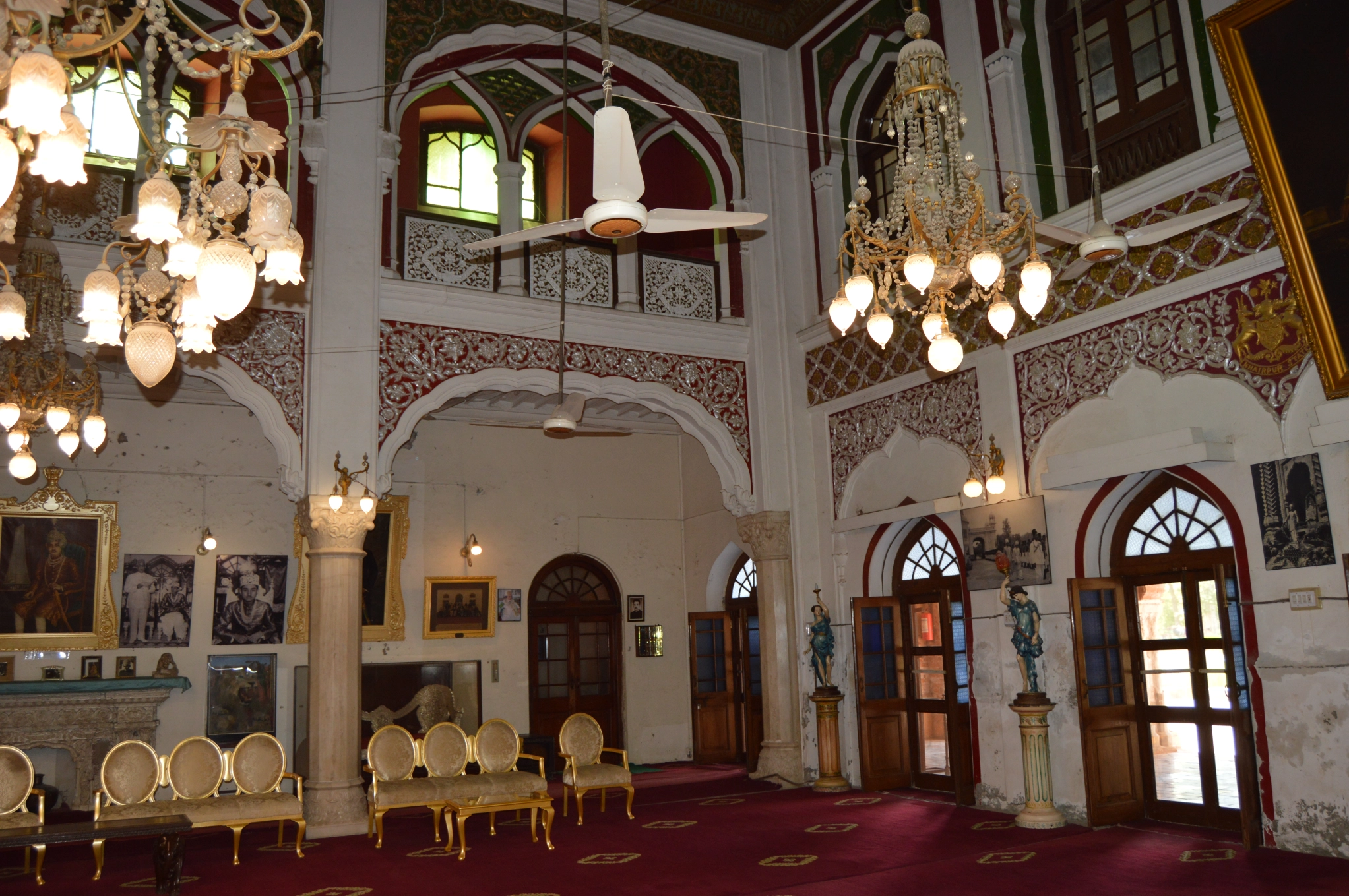
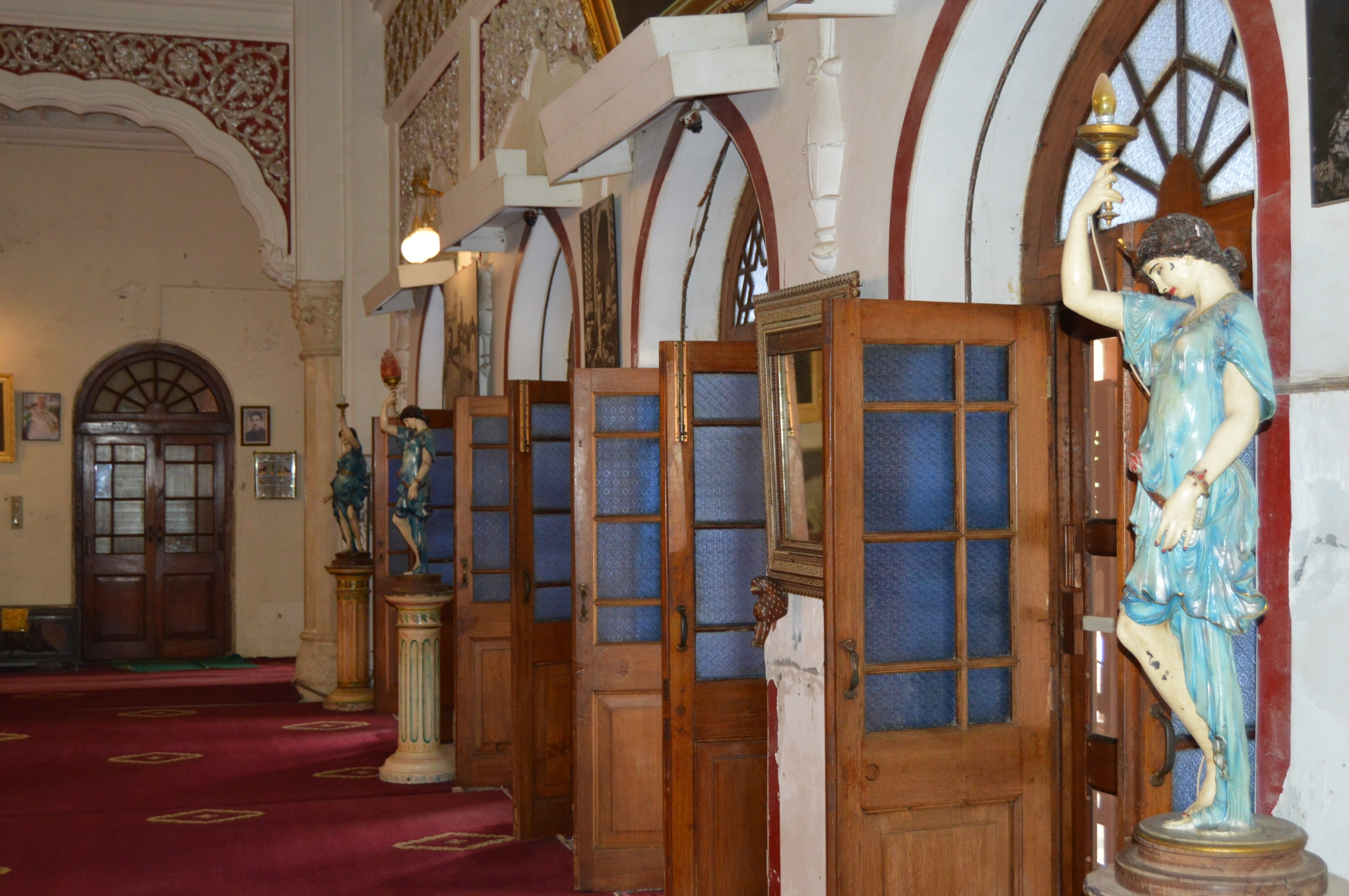
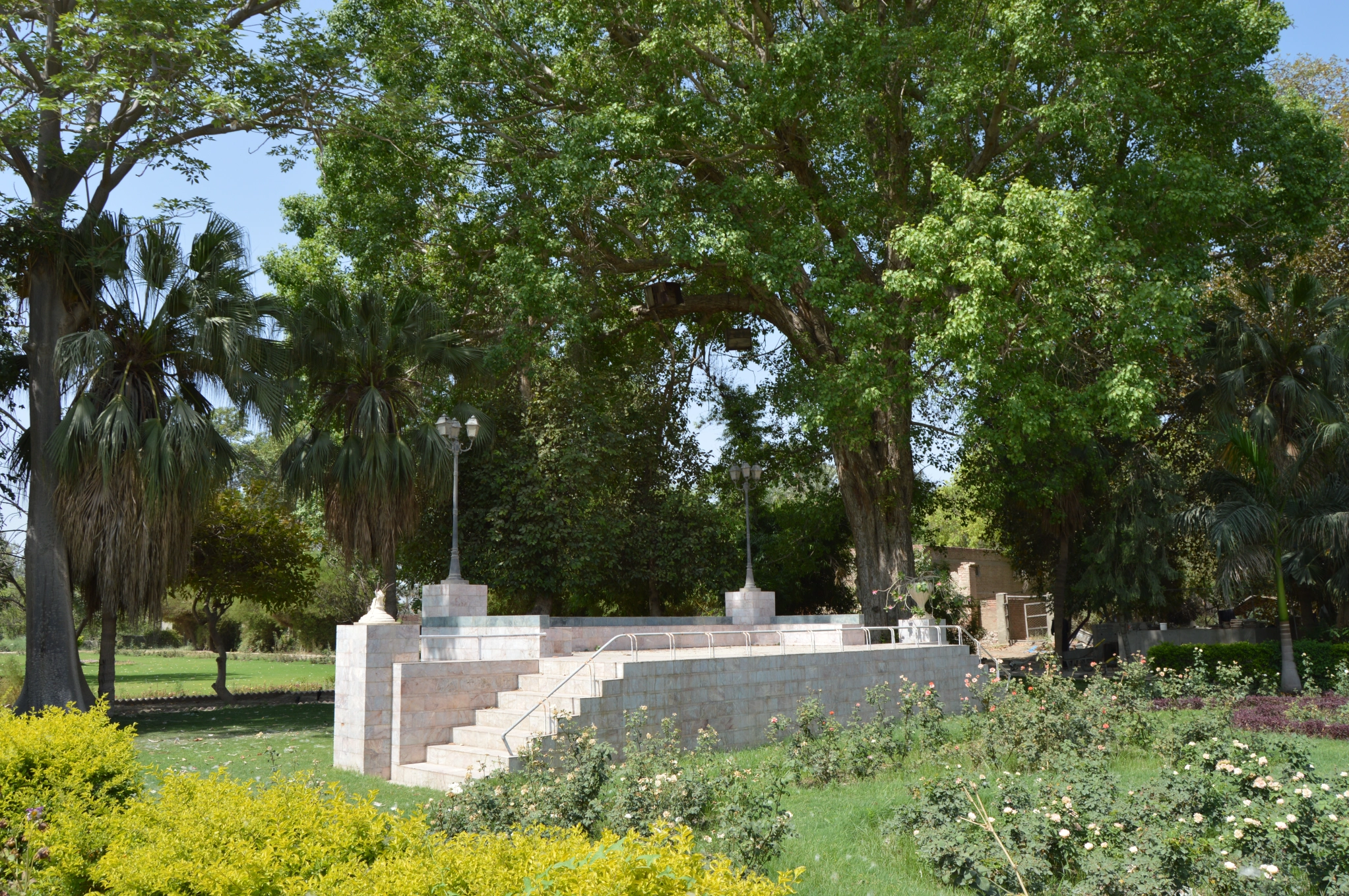

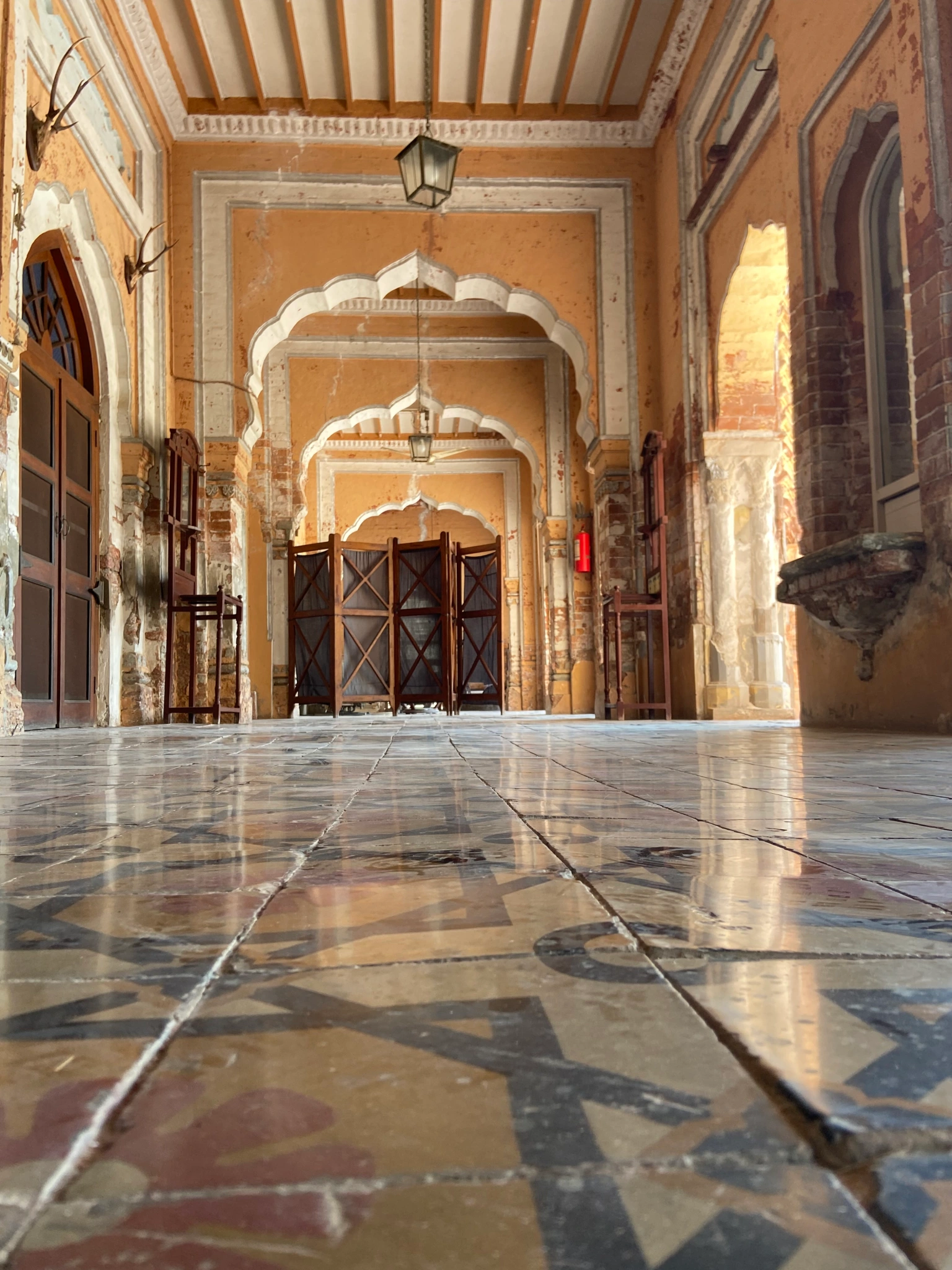
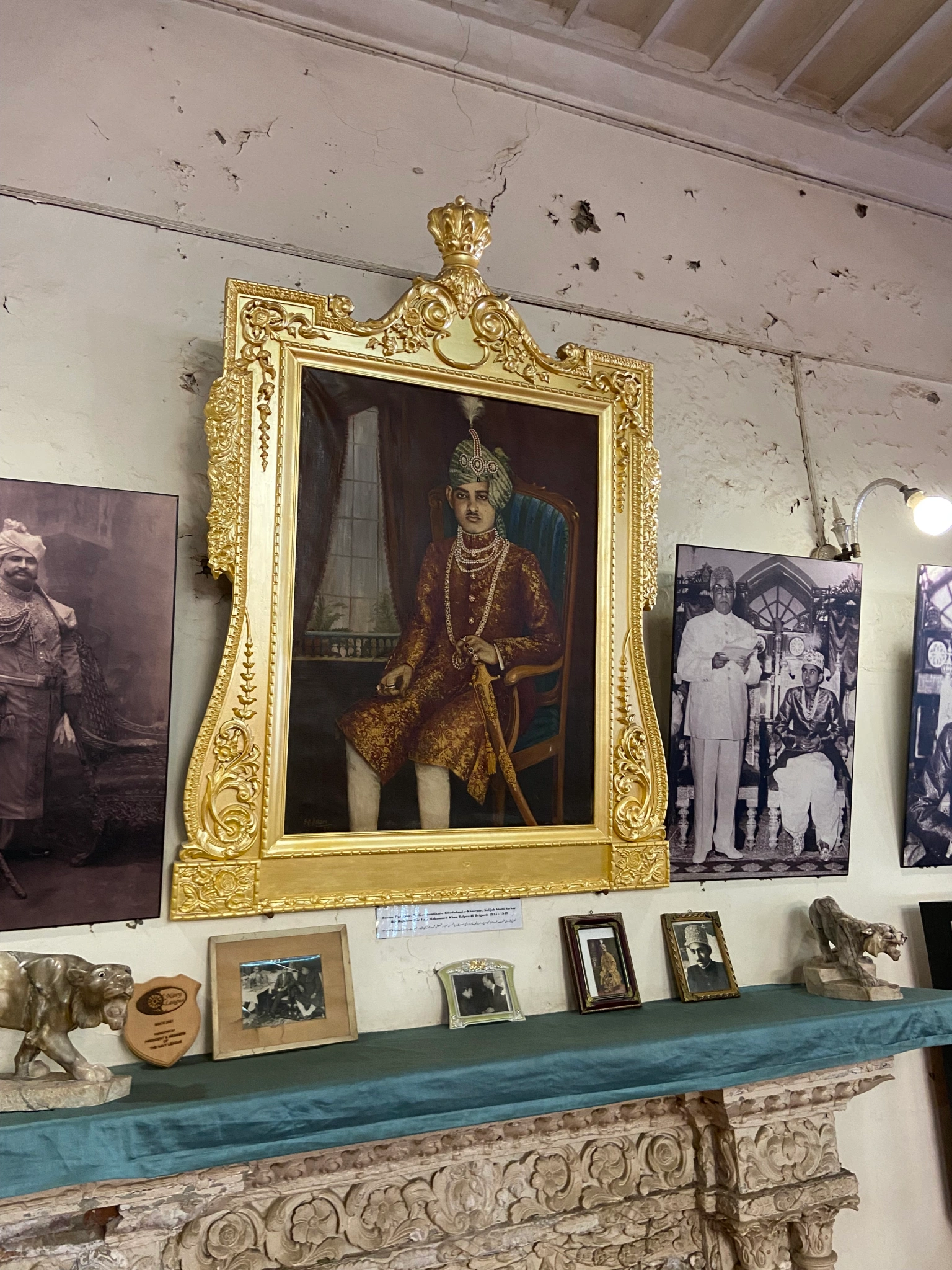
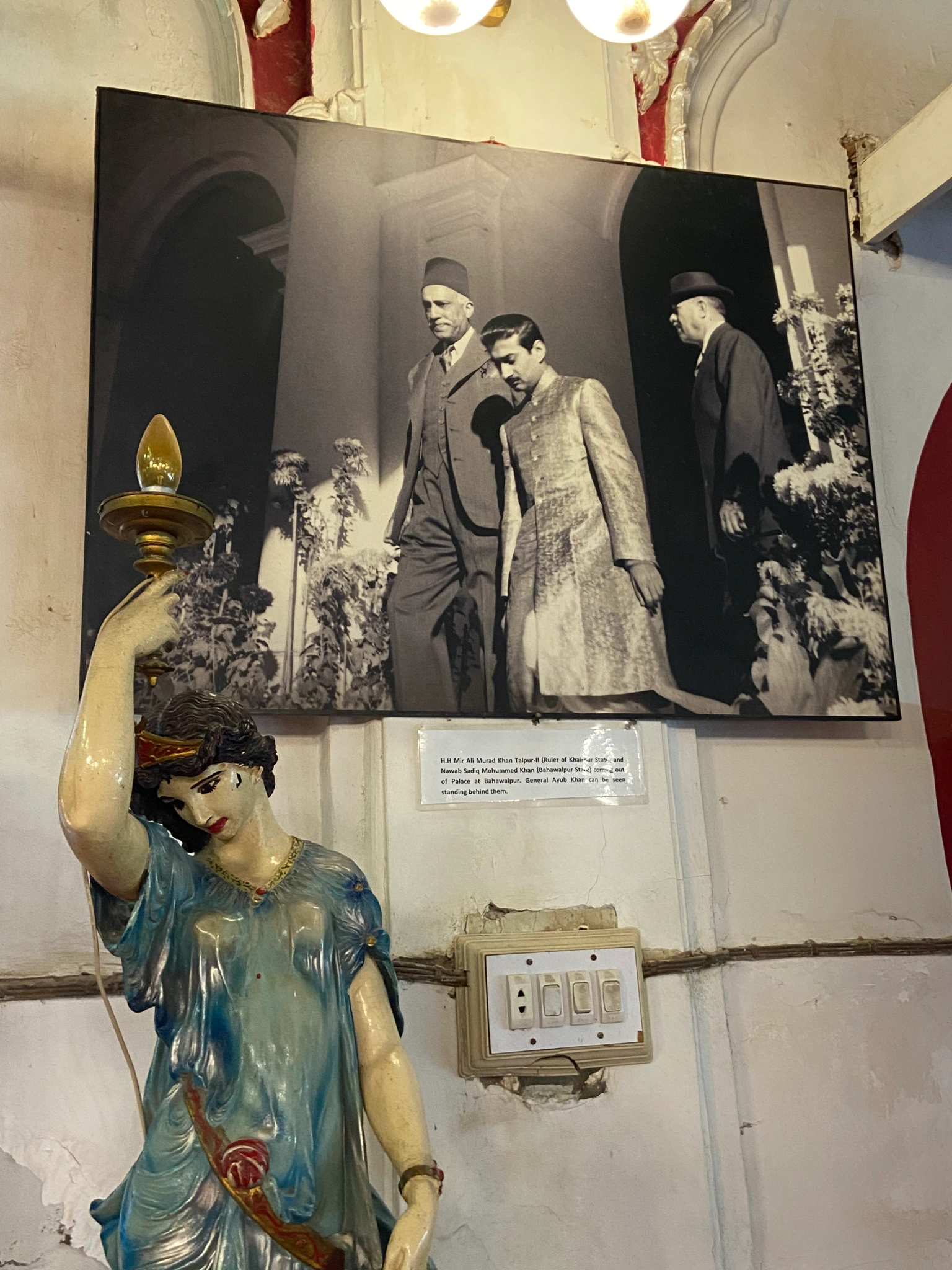
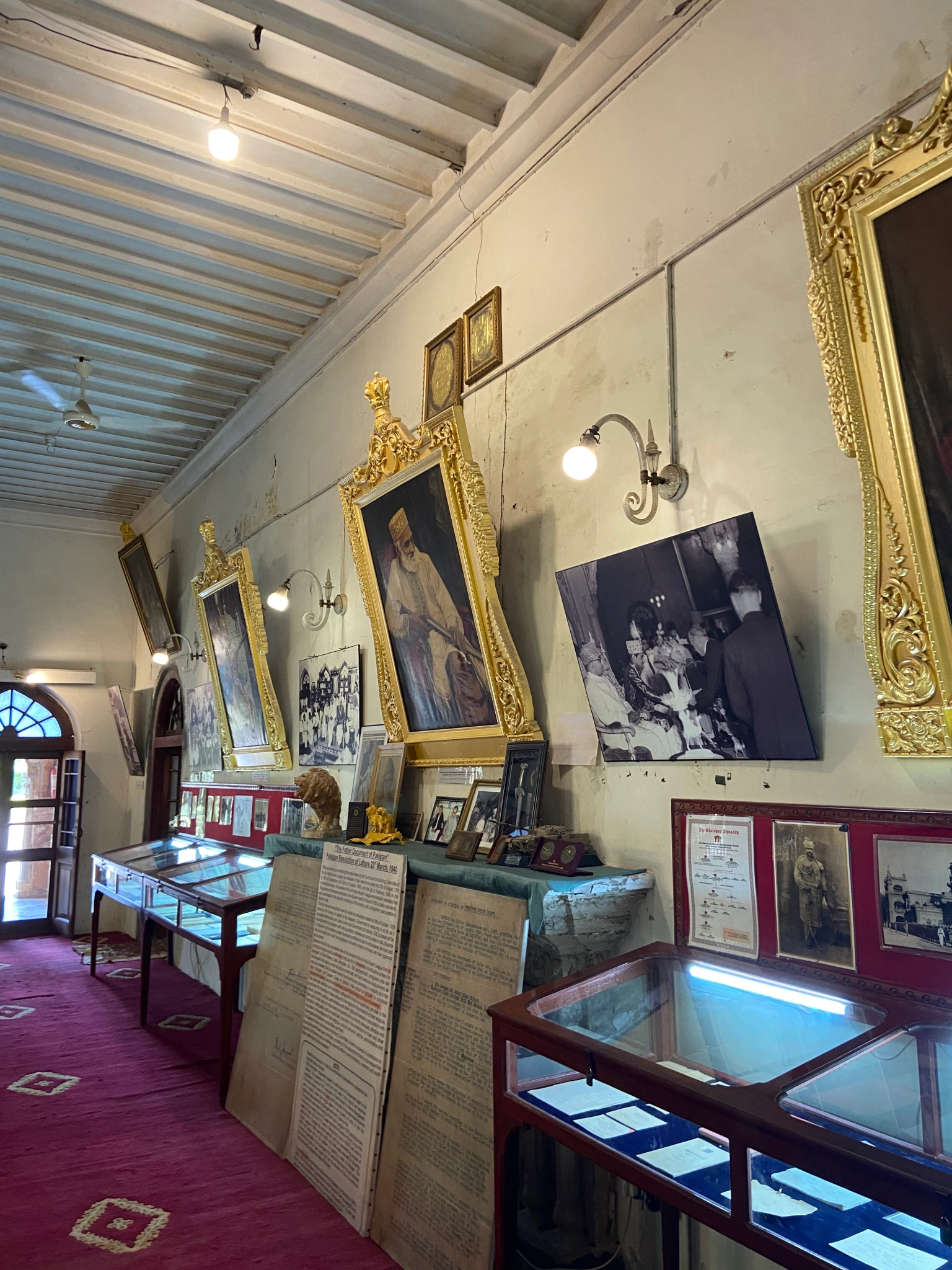
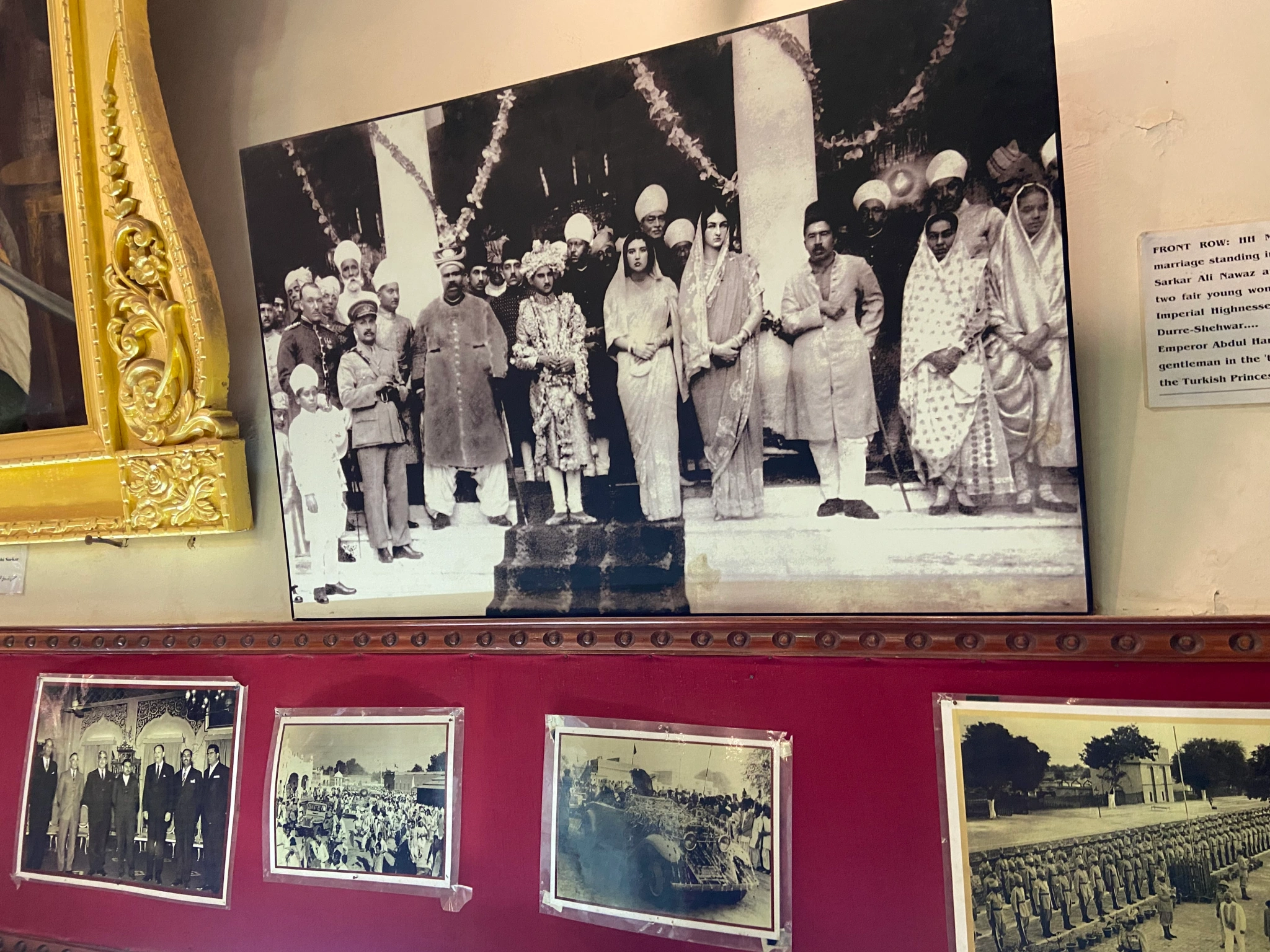



Comments